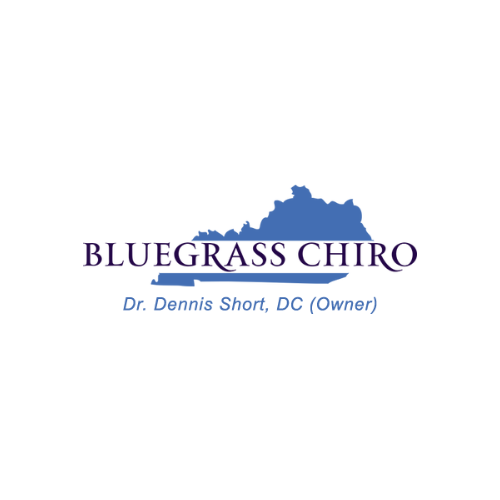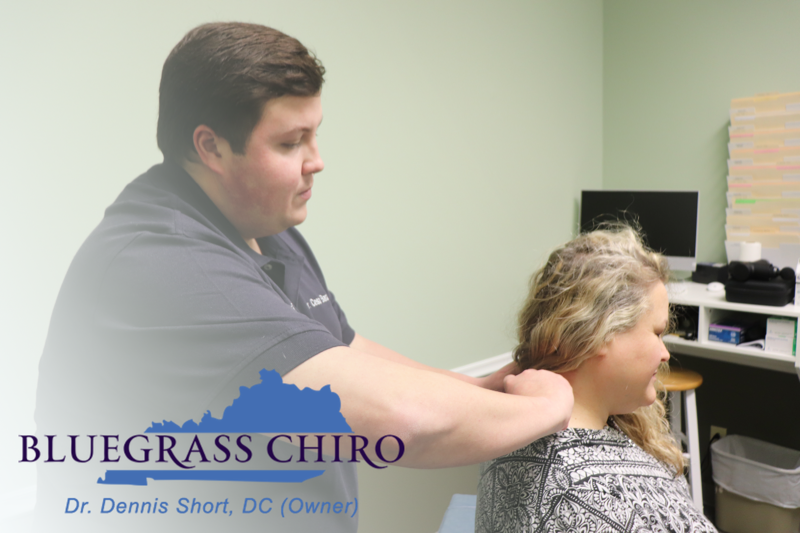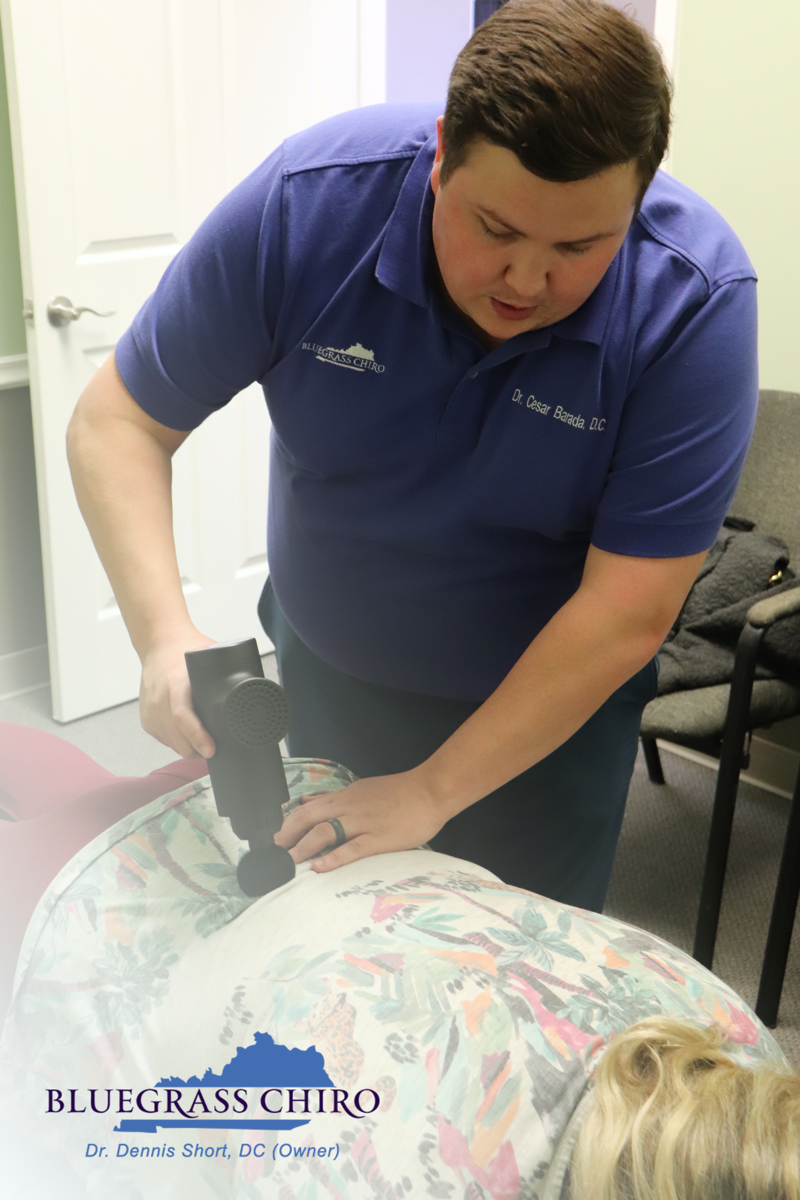What is Dry Needling and How does it work? Your questions - Answered
Georgetown, United States - June 7, 2023 / Bluegrass Chiro of Georgetown - #1 Chiropractor in Georgetown /
Dry needling has gained popularity as a therapeutic technique that effectively treats tightness, sciatic pain, and sprains. This article aims to provide a comprehensive understanding of dry needling, its connection to acupuncture, and the multitude of benefits it offers. By delving into its applications, techniques, conditions treated, and integration with other therapies, Dr. Cesar Barada from Bluegrass Chiro of Georgetown - the #1 Chiropractor in Georgetown, KY will explore why dry needling has emerged as a valuable technique in pain management.
Definition and Origin of Dry Needling
Dry needling is a therapeutic technique that involves the insertion of thin needles into trigger points in the muscles to promote relaxation and tension release. Originating from Western medicine, it draws upon neuroanatomy and physiology to target specific areas of muscle tightness and pain.
How Dry Needling Differs from Acupuncture
Dr. Cesar Barada from Bluegrass Chiro of Georgetown - the #1 Chiropractor in Georgetown, KY says “While dry needling shares similarities with acupuncture, the two techniques differ in their underlying philosophies and approaches. Acupuncture is based on traditional Chinese medicine and focuses on restoring the flow of energy, or qi, along meridians in the body. In contrast, dry needling aims to directly target muscle trigger points to alleviate pain and restore proper muscle function.”
The Mechanism of Action: How Dry Needling Works
Dry needling works through several mechanisms. The insertion of needles into trigger points stimulates sensory nerves, leading to the release of endorphins, which are natural pain relievers. It also promotes increased blood flow, oxygenation, and nutrient delivery to the affected area, facilitating healing and reducing inflammation.
The Importance of Identifying Trigger Points
Dr. Cesar Barada from Bluegrass Chiro of Georgetown - the #1 Chiropractor in Georgetown, KY points out “Trigger points are hypersensitive areas within taut bands of muscle fibers that can cause localized or referred pain. Identifying and targeting these trigger points is crucial in dry needling, as they are often the root cause of pain and tension. Skilled practitioners use palpation techniques to locate trigger points and deliver precise needle placement for optimal results.”
Addressing Chronic Pain with Dry Needling Therapy
Dry needling has shown promising results in alleviating chronic pain conditions such as myofascial pain syndrome, fibromyalgia, and neuropathic pain. By releasing trigger points and restoring muscle function, it can provide long-term relief and improve the overall quality of life for individuals suffering from chronic pain.
Targeting Muscle Trigger Points for Effective Pain Relief
Muscle trigger points can result from various factors, including muscle overuse, poor posture, or injuries. Dry needling can effectively target these trigger points, providing immediate pain relief and restoring muscle flexibility and function. It is particularly beneficial for conditions like muscle strains, spasms, and muscle imbalances.
Treating Sports Injuries with Dry Needling Techniques
Dr. Cesar Barada from Bluegrass Chiro of Georgetown - the #1 Chiropractor in Georgetown, KY explains “Athletes frequently encounter sports-related injuries, and dry needling has emerged as a valuable tool in their rehabilitation. By addressing muscle imbalances, reducing scar tissue, and improving range of motion, dry needling can aid in the recovery from common sports injuries such as tendonitis, muscle strains, and ligament sprains.”
Managing Headaches and Migraines through Dry Needling
Headaches and migraines can be debilitating, affecting one's daily life and productivity. Dry needling techniques can provide relief by targeting trigger points in the neck, shoulders, and head. By releasing tension and promoting blood flow, it helps reduce the frequency and intensity of headaches, providing much-needed respite.
Alleviating Fibromyalgia Symptoms with Dry Needling
Fibromyalgia is a chronic condition characterized by widespread pain, fatigue, and tender points. Dry needling, when incorporated into a comprehensive treatment plan, can help manage fibromyalgia symptoms. It eases muscle tension, reduces pain sensitivity, and improves sleep quality
Preparing for a Dry Needling Session
Before a dry needling session, it is essential to communicate openly with the practitioner about any medical conditions, medications, or allergies. The practitioner will conduct a thorough assessment of the patient's symptoms, medical history, and physical examination to determine the appropriate areas to target during the session.
Safety Considerations and Potential Side Effects
Dry needling is generally safe when performed by a trained and licensed practitioner. However, there are some potential side effects to be aware of, including temporary soreness, bruising, or bleeding at the needle insertion sites. In rare cases, there may be a risk of infection or nerve injury. It is crucial to choose a reputable practitioner who follows strict hygiene and safety protocols.
Understanding the Different Dry Needling Techniques
There are two primary techniques used in dry needling: deep dry needling and superficial dry needling. Deep dry needling involves inserting the needles directly into the trigger points within the muscle. Superficial dry needling, on the other hand, targets the areas just beneath the skin's surface. The choice of technique depends on the patient's condition and the practitioner's assessment.
Dr. Cesar Barada from Bluegrass Chiro of Georgetown - #1 Chiropractor in Georgetown, KY’s Step-by-Step Guide to a Dry Needling Procedure
- Patient positioning: The patient is positioned in a comfortable position that allows easy access to the target muscles.
- Skin preparation: The area where the needles will be inserted is cleaned and sterilized to reduce the risk of infection.
- Needle insertion: The practitioner inserts thin, sterile needles into the targeted trigger points. Patients may feel a slight prick or a sensation of muscle twitching.
- Needle manipulation: The needles may be gently manipulated by the practitioner, such as being rotated or moved up and down, to stimulate the trigger points and release tension.
- Needle removal: After the desired duration of needle placement, typically a few minutes, the needles are carefully removed.
- Post-treatment care: The practitioner may provide instructions on post-treatment care, such as applying ice or heat, gentle stretching exercises, or specific activities to avoid.
Dry Needling for Neck Pain: Causes and Treatment
Neck pain is a common complaint caused by various factors, including poor posture, muscle imbalances, and degenerative conditions. Dry needling can effectively address neck pain by targeting trigger points in the neck muscles, releasing the tension, and promoting better alignment and range of motion.
How Dry Needling Can Relieve Lower Back Pain
Lower back pain is a prevalent condition that can significantly impact daily activities and quality of life. Dry needling offers a non-invasive option for relieving lower back pain by targeting the trigger points in the affected muscles. It helps reduce muscle spasms, increase blood flow, and improve flexibility and stability in the lower back.
Addressing Shoulder Pain through Dry Needling
Dr. Cesar Barada from Bluegrass Chiro of Georgetown - the #1 Chiropractor in Georgetown, KY says “Shoulder pain can arise from various causes, such as rotator cuff injuries, bursitis, or frozen shoulder. Dry needling can effectively alleviate shoulder pain by targeting the trigger points in the surrounding muscles. It helps improve joint mobility, reduce inflammation, and restore proper muscle balance and function.”
Knee Pain Relief: Exploring Dry Needling as a Non-Invasive Option
Knee pain can be a result of injuries, overuse, or conditions such as osteoarthritis. Dry needling can complement traditional knee pain treatments by targeting the trigger points in the muscles surrounding the knee joint. It helps reduce pain, improve muscle strength and coordination, and promote faster recovery.
Combining Dry Needling with Other Therapies for Enhanced Results
Dry needling can be integrated with other therapies such as physical therapy, chiropractic care, or massage therapy to enhance its effectiveness. Combining dry needling with these therapies can provide a comprehensive approach to pain management, addressing not only the muscular component but also addressing any underlying structural or alignment issues.
Efficacy of Dry Needling in Pain Management: Research and Studies
Numerous studies have investigated the effectiveness of dry needling in managing pain and promoting muscle function. Research has shown positive results in various conditions, including chronic pain, myofascial pain syndrome, and sports injuries. The evidence suggests that dry needling can provide significant pain relief, improve range of motion, and enhance overall function.
Real-Life Testimonials: Success Stories of Dry
Needling Patients
Many individuals have experienced the benefits of dry needling firsthand and have shared their success stories. Patients have reported reduced pain, improved mobility, and enhanced quality of life after incorporating dry needling into their treatment plans. These testimonials highlight the potential impact that dry needling can have on pain management and overall well-being.
Frequently Asked Questions answered by Dr. Cesar Barada from Bluegrass Chiro of Georgetown - #1 Chiropractor in Georgetown, KY
Is Dry Needling Painful?
Dr. Cesar Barada from Bluegrass Chiro of Georgetown - #1 Chiropractor in Georgetown, KY explains “The sensation experienced during dry needling can vary from person to person. While some individuals may feel minimal discomfort or a slight prick during needle insertion, others may experience a sensation of muscle twitching or a dull ache. However, any discomfort is usually temporary and outweighed by the potential pain relief and therapeutic benefits.”
How Many Dry Needling Sessions Are Required?
The number of dry needling sessions required depends on various factors, including the individual's condition, severity of symptoms, and response to treatment. Typically, a series of sessions is recommended to achieve optimal results. The practitioner will assess the progress and make recommendations based on the individual's specific needs.
Can Dry Needling Help Prevent Future Injuries?
Dry needling can play a role in injury prevention by addressing muscle imbalances, releasing tension, and improving muscle function. By optimizing muscle performance and promoting proper movement patterns, dry needling can reduce the risk of future injuries. It is often incorporated into a comprehensive rehabilitation program to enhance overall performance and prevent reoccurrence.
Who Can Perform Dry Needling? Are There Any Restrictions?
Dry needling should only be performed by trained and licensed healthcare professionals, such as physical therapists, chiropractors, or medical doctors, who have received specific training in the technique. The regulations regarding dry needling practice may vary between regions, so it is essential to ensure that the practitioner has the necessary qualifications and credentials.
Is Dry Needling Covered by Insurance?
Insurance coverage for dry needling varies depending on the specific insurance plan and the region. Some insurance plans may cover dry needling as part of physical therapy or other treatment modalities. It is recommended to check with the insurance provider to determine the coverage and reimbursement options for dry needling.
Dry needling has emerged as a valuable technique in pain management and muscle therapy. With its ability to target trigger points, promote relaxation, and alleviate pain, dry needling offers a non-invasive and effective option for individuals suffering from various musculoskeletal conditions. By understanding its techniques, applications, and potential benefits, patients can make informed decisions and consider incorporating dry needling into their treatment plans. As research and understanding of dry needling continue to evolve, this therapeutic approach holds promising potential for the future of pain relief and overall well-being. Call Dr. Cesar Barada from Bluegrass Chiro of Georgetown - the #1 Chiropractor in Georgetown, KY for more information or to schedule an appointment today.

Contact Information:
Bluegrass Chiro of Georgetown - #1 Chiropractor in Georgetown
105 Magnolia Dr Suite 2
Georgetown, KY 40234
United States
Press Agency
https://bluegrasschiro.com
Original Source: https://bluegrasschiro.com/your-georgetown-ky-chiropractor



